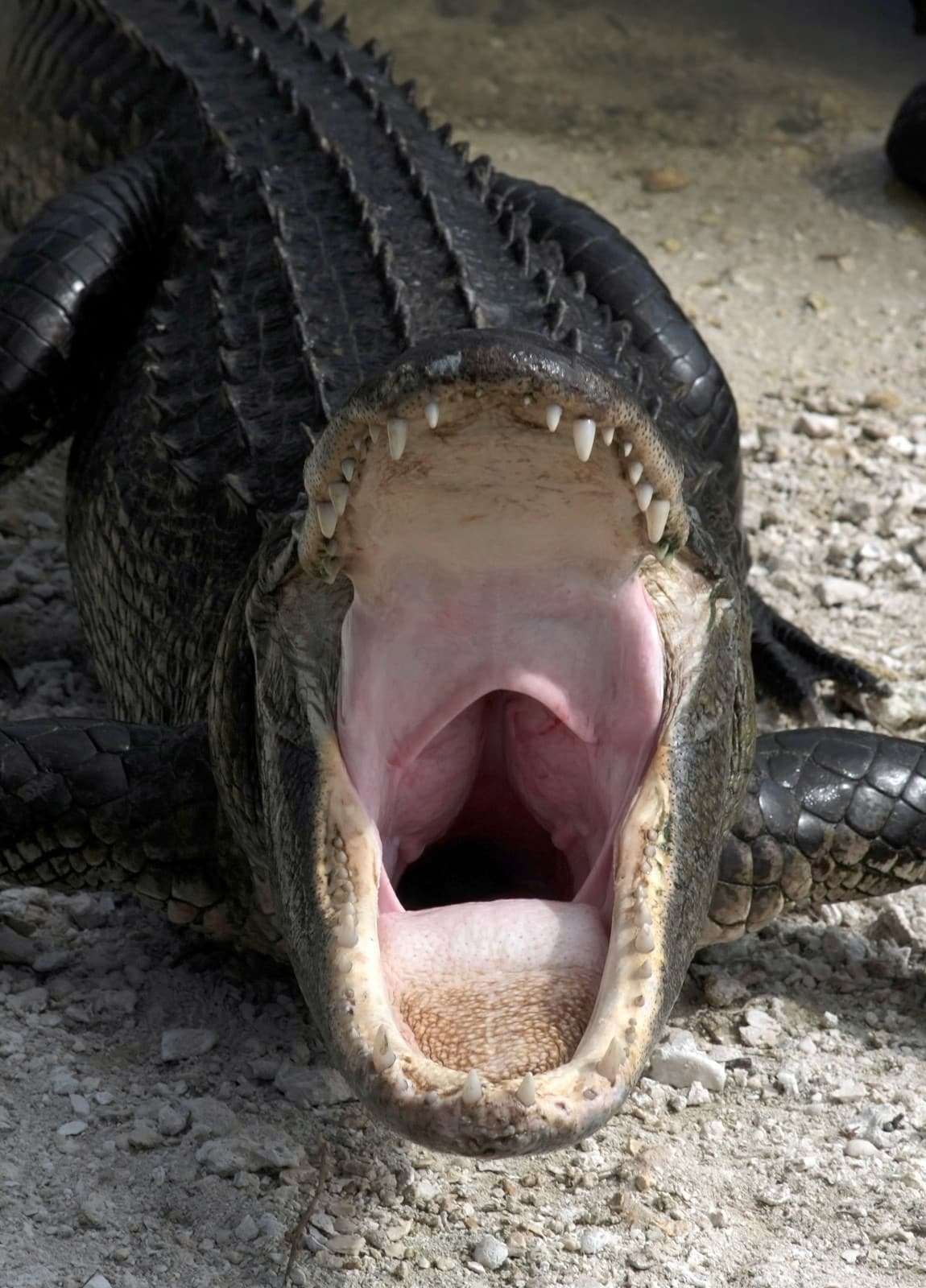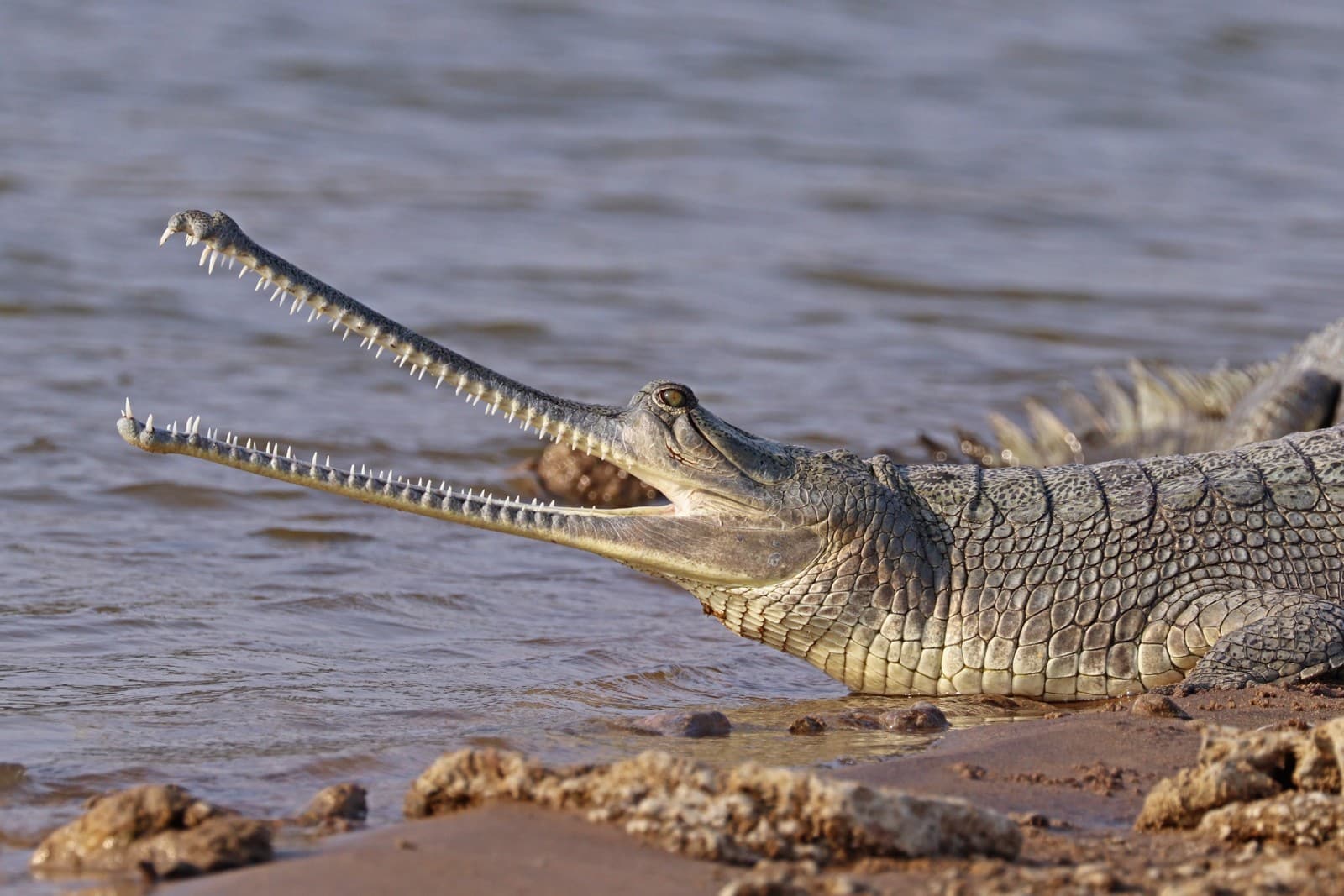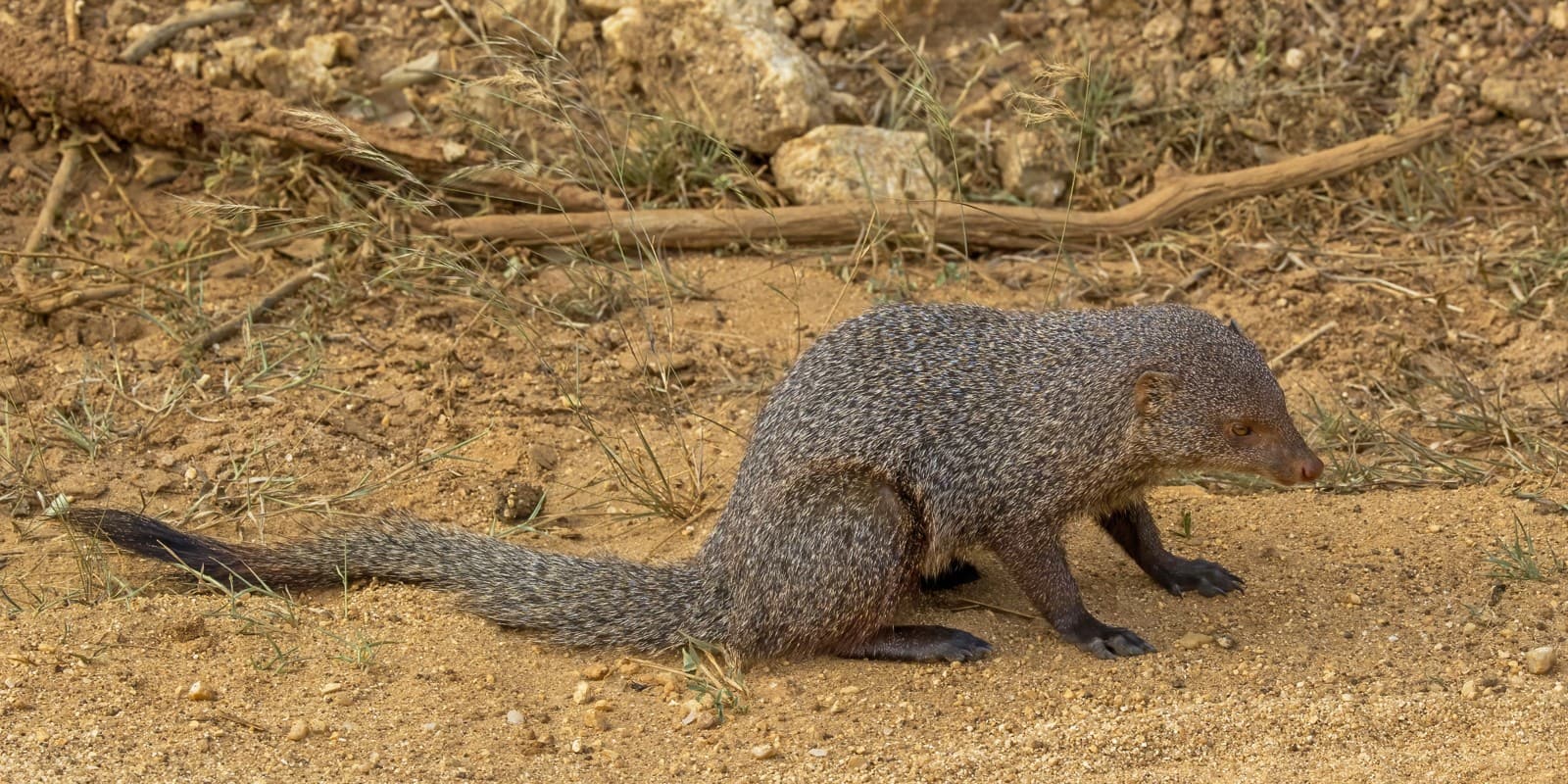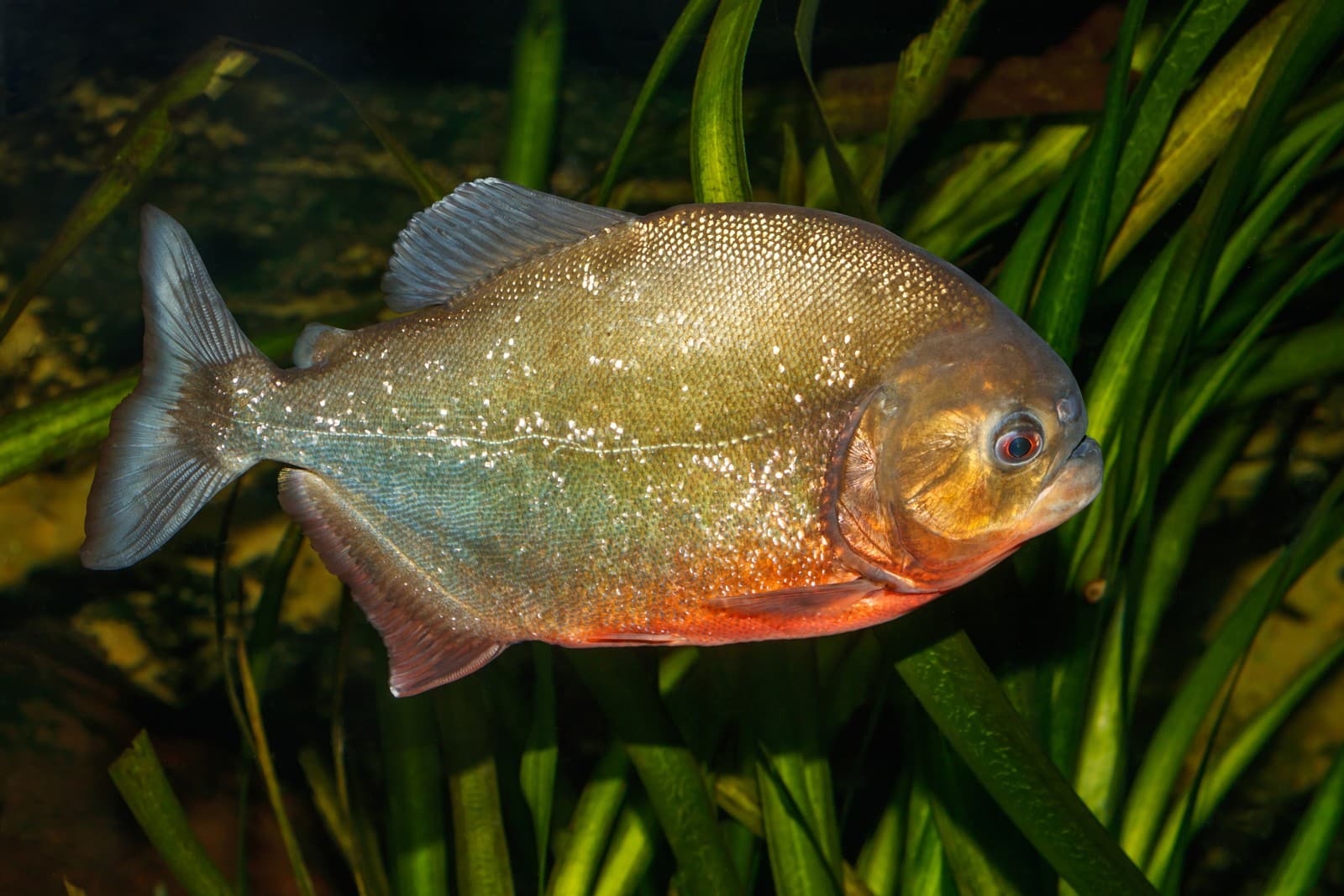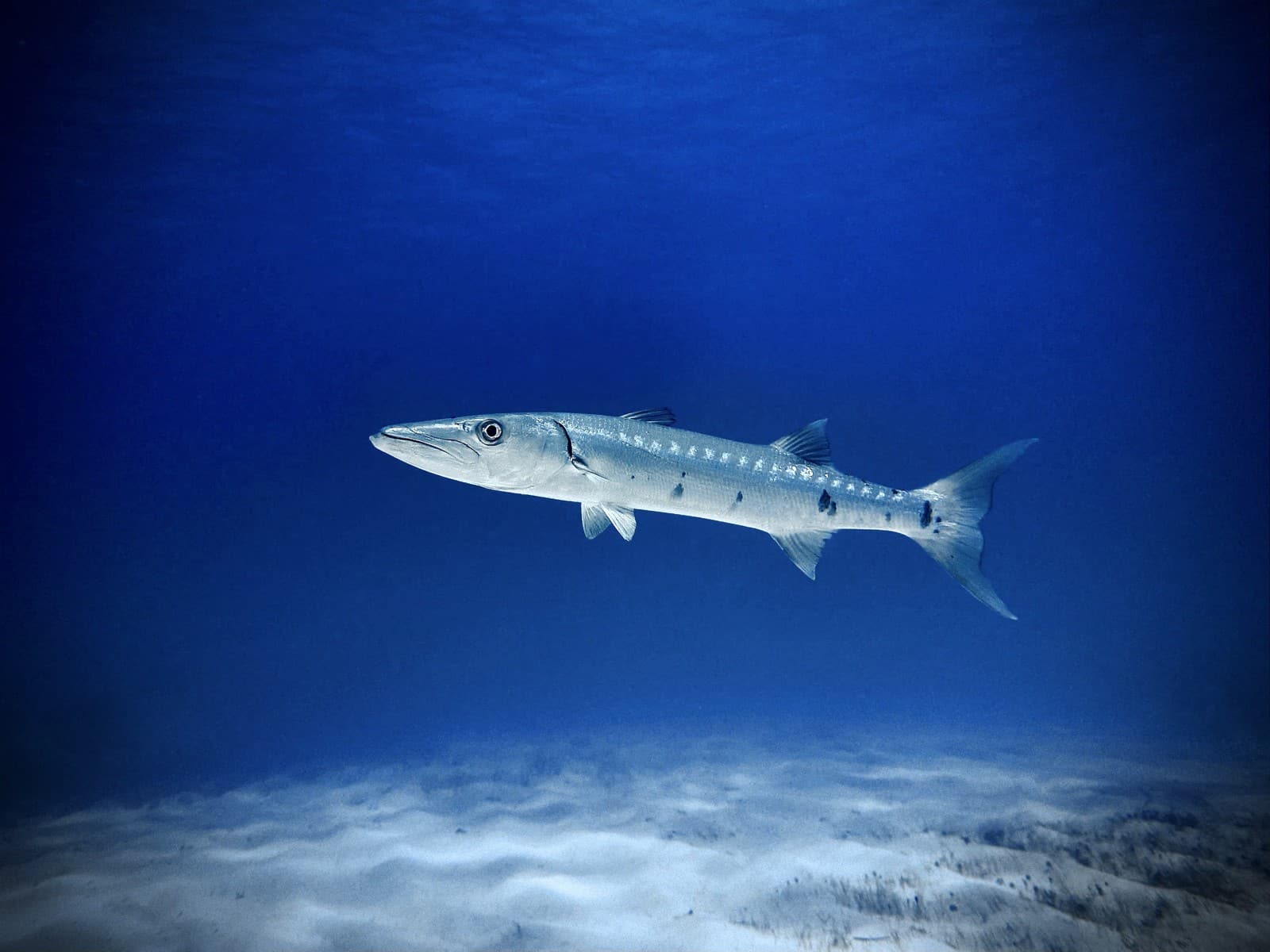Pine Marten vs Fisher: A Complete Comparison
When comparing Pine Marten vs Fisher, size is the most striking difference between these agile mustelids. Fishers are significantly larger, weighing 4-13 pounds (1.8-5.9 kg), while Pine Martens are more compact at 1.3-3.3 pounds (0.6-1.5 kg). Both are exceptional climbers and hunters, but they occupy different niches in North American forests.
These woodland predators share many characteristics as members of the weasel family, yet distinct adaptations set them apart. The Fisher’s more robust build and longer body enable it to hunt larger prey, including porcupines, while the Pine Marten specializes in smaller quarry like voles, mice, and squirrels.

© Dani Kropivnik / CC BY-SA 3.0
The Pine Marten showcases its distinctive cream-colored bib, a key identifying feature that distinguishes it from its larger cousin. Its smaller size and more slender build make it particularly adept at pursuing prey through dense canopy and narrow tree branches.

© Douglas H. Domedion / CC BY-SA 4.0
The Fisher demonstrates its superior climbing ability, a trait that makes it one of North America’s most accomplished arboreal predators. Its larger size and powerful build enable it to take down prey that would be too formidable for Pine Martens.
Key Differences: Pine Marten vs Fisher
| Feature | Pine Marten | Fisher |
|---|---|---|
| Size | 18-27 inches (45-68 cm) | 29-47 inches (74-120 cm) |
| Weight | 1.3-3.3 lbs (0.6-1.5 kg) | 4-13 lbs (1.8-5.9 kg) |
| Distinctive Markings | Cream/orange throat patch | Uniformly dark brown/black |
| Primary Prey | Voles, mice, squirrels, birds | Porcupines, hares, squirrels |
| Habitat Range | Boreal forests of Europe, Asia, Canada | North American forests only |
| Tree Climbing | Excellent, favors upper canopy | Excellent, utilizes entire tree |
Habitat and Distribution
Pine Martens and Fishers both prefer mature forests but occupy different geographical ranges. Pine Martens are found across Europe, Asia, and North America, thriving in boreal and mixed woodlands. Fishers, however, are exclusively North American, inhabiting dense forests from the northern United States to southern Canada.
Hunting and Diet
While both species are accomplished hunters, their prey preferences differ significantly. Pine Martens primarily target small mammals and birds, with voles comprising up to 60% of their diet. Fishers are notable for their unique ability to prey on porcupines, employing a specialized hunting technique that involves attacking the unprotected face.
Physical Capabilities
Climbing Abilities
Both mustelids are exceptional climbers, but they utilize different strategies:
- Pine Martens: More agile in upper canopy, can navigate thinner branches
- Fishers: Stronger climbers, capable of headfirst descent, prefer larger trees
Speed and Agility
- Pine Martens can reach speeds of 30 mph (48 km/h)
- Fishers are slightly slower but more powerful, reaching 25 mph (40 km/h)
Who Would Win in a Confrontation?
While direct confrontations between Pine Martens and Fishers are rare, the Fisher’s significant size advantage (typically 2-3 times heavier) and more powerful build would give it a decisive edge in any potential encounter. However, Pine Martens’ smaller size allows them to escape into areas too narrow for Fishers to follow.
Conservation Status
Both species face similar challenges from habitat fragmentation and logging, but their conservation status differs:
- Pine Marten: Least Concern (IUCN Red List)
- Fisher: Near Threatened in some regions due to habitat loss
Interesting Behavioral Differences
Pine Martens and Fishers exhibit distinct behavioral patterns that reflect their evolutionary adaptations:
- Pine Martens are more active during twilight hours
- Fishers maintain more consistent activity throughout day and night
- Pine Martens cache food more frequently
- Fishers are more territorial and maintain larger home ranges
Understanding these differences between Pine Martens and Fishers helps explain their unique roles in forest ecosystems and their successful adaptation to different ecological niches despite their similar appearances and hunting styles.
